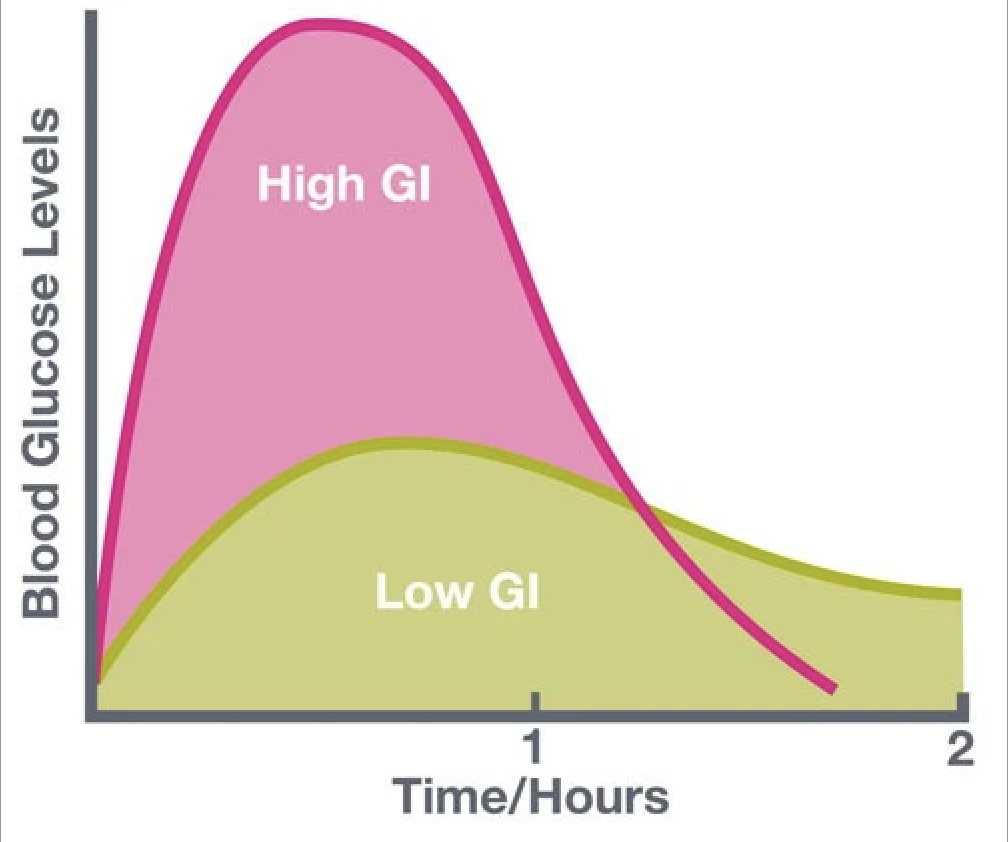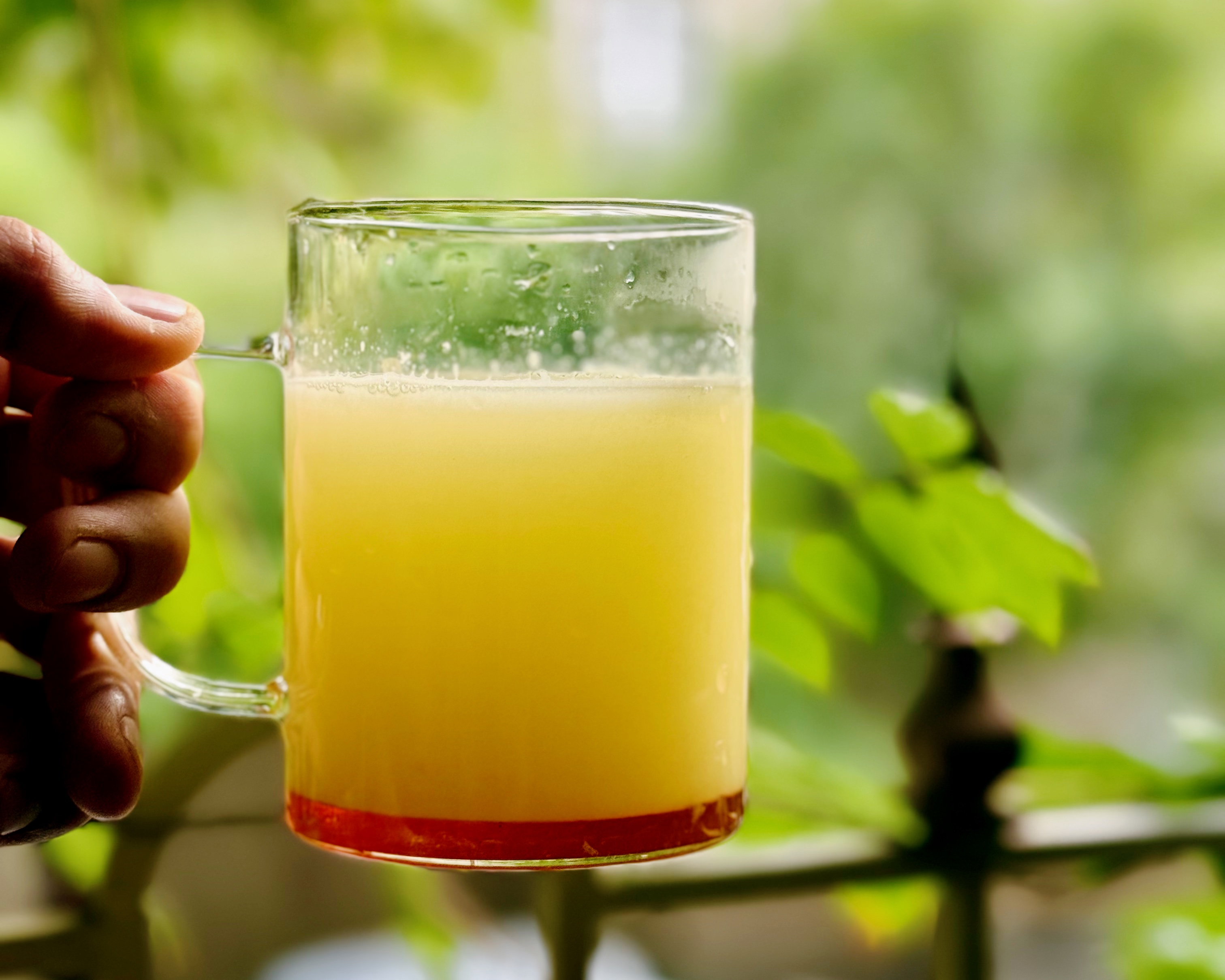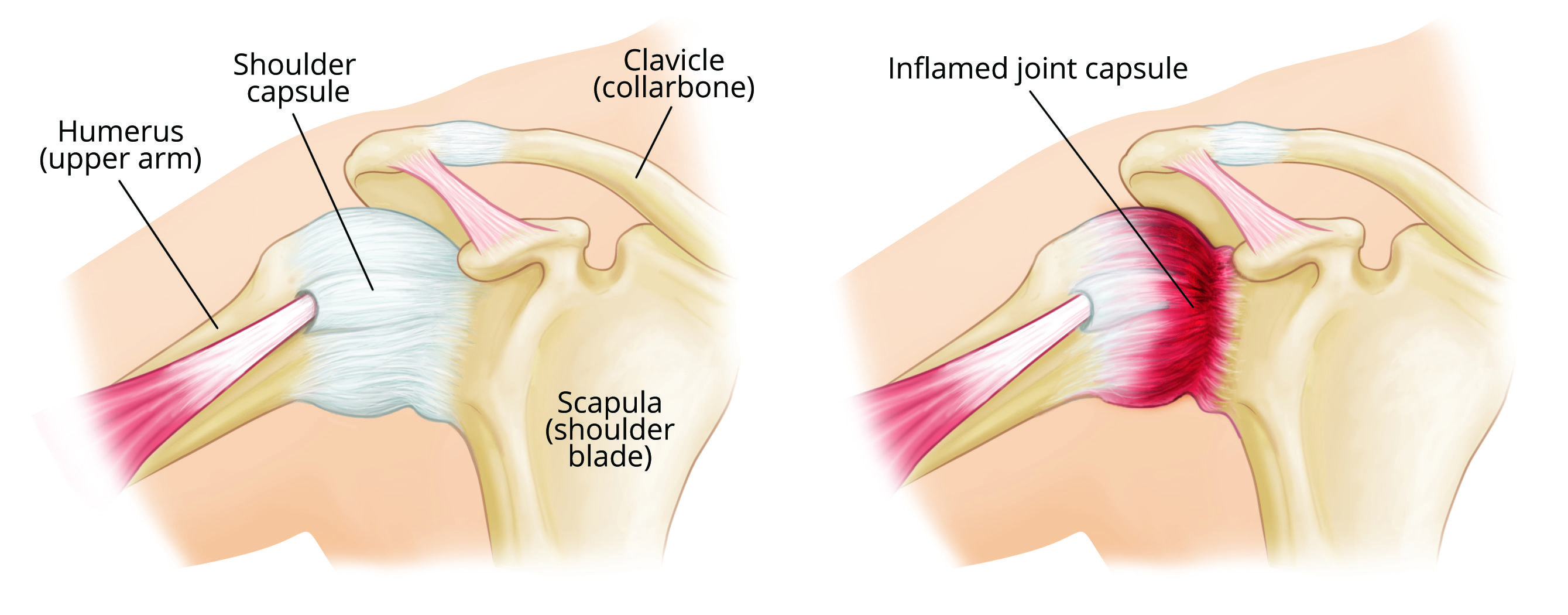
Since ancient times, water shortages in desert regions have been common, leading residents to install water pumps and storage tanks. These reservoirs allowed them to save water when it was available and consume it gradually throughout the day. The **Glycemic Index (GI)** can be briefly compared to consuming carbohydrates that supply the body with sustained energy throughout the day. By reading this article, you will gain a comprehensive understanding of the Glycemic Index.
Defining the Glycemic Index: The Speed of Sugar Conversion
The **Glycemic Index** of a food indicates the rate at which it is converted into blood sugar (glucose) in the body. A high index means the food is converted to energy very quickly, while a low index means the body's blood sugar level rises gradually. Both types of food are essential for the body, but a sudden spike in blood sugar can lead to complications like Type 2 Diabetes and obesity if uncontrolled. Conversely, high-GI foods are necessary when a person needs an **immediate energy boost**.

The Importance of GI for Weight Loss and Exercise
Paying attention to the **Glycemic Index** is particularly important for athletes and those aiming for **weight loss**. Here are times when consuming **low GI foods** is highly recommended:
- **Start of the Day:** A low-GI breakfast ensures a gradual rise in blood sugar, providing **sustained energy** until later in the day.
- **Before Morning Workouts:** Consuming low-GI carbohydrates the night before helps keep blood sugar levels stable, assisting with early morning exercise and preventing severe energy drops.
- **Late at Night:** Individuals focused on **weight loss** should avoid high-GI carbohydrates in the evening. Since energy consumption is minimal during sleep, excess glucose converts to fat. Switching to low-GI carbs at night helps prevent this storage.
Table of Common Foods: Low GI vs. High GI
Here is a list of common foods with varying Glycemic Index (GI) values that you can use in your daily diet planning:
| Low GI Foods (55 or less) | High GI Foods (70 or more) |
|---|---|
| **Barley Bread** (Moderate GI - 66) | **Barbari Bread** (GI: 99) |
| **Adaspolo** (Brown Rice & Lentils) (GI: 55) | **Sangak Bread** (GI: 82) |
| **Lentils, Peas, and Beans** | **White Rice (Polow/Chelo)** (GI: 71-76) |
| **Brown Rice** (Moderate GI - 65) | **Taftoon/Lavash Bread** (GI: 72-79) |
| **Yogurt, Milk, and Dairy** | **Dates (Kharma)** (GI: 103 - high consumption) |
| **Apples, Oranges, and Pears** | **Cooked Potato / Puree** (GI: 78-87) |
Get a personalized nutrition consultation.
If you need expert guidance on **blood sugar control** or a smart **weight loss diet** based on the Glycemic Index, our specialists can help you.
Book an Online Consultation







